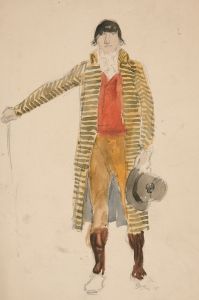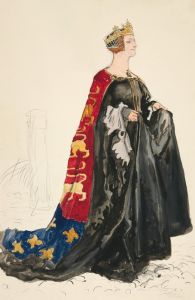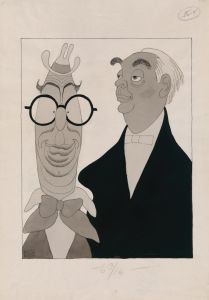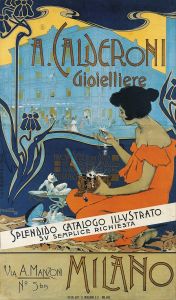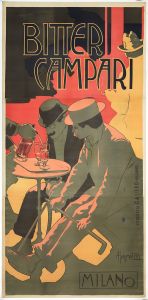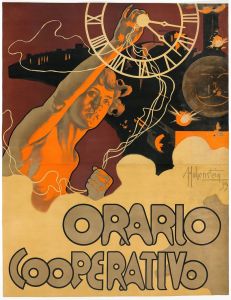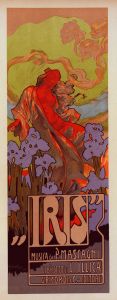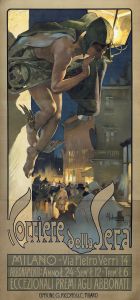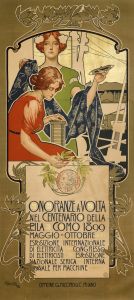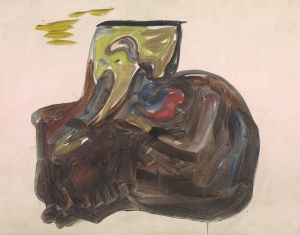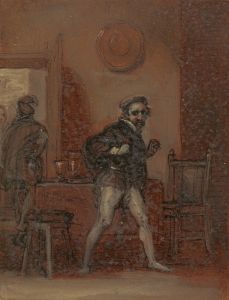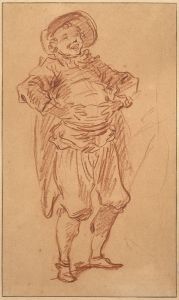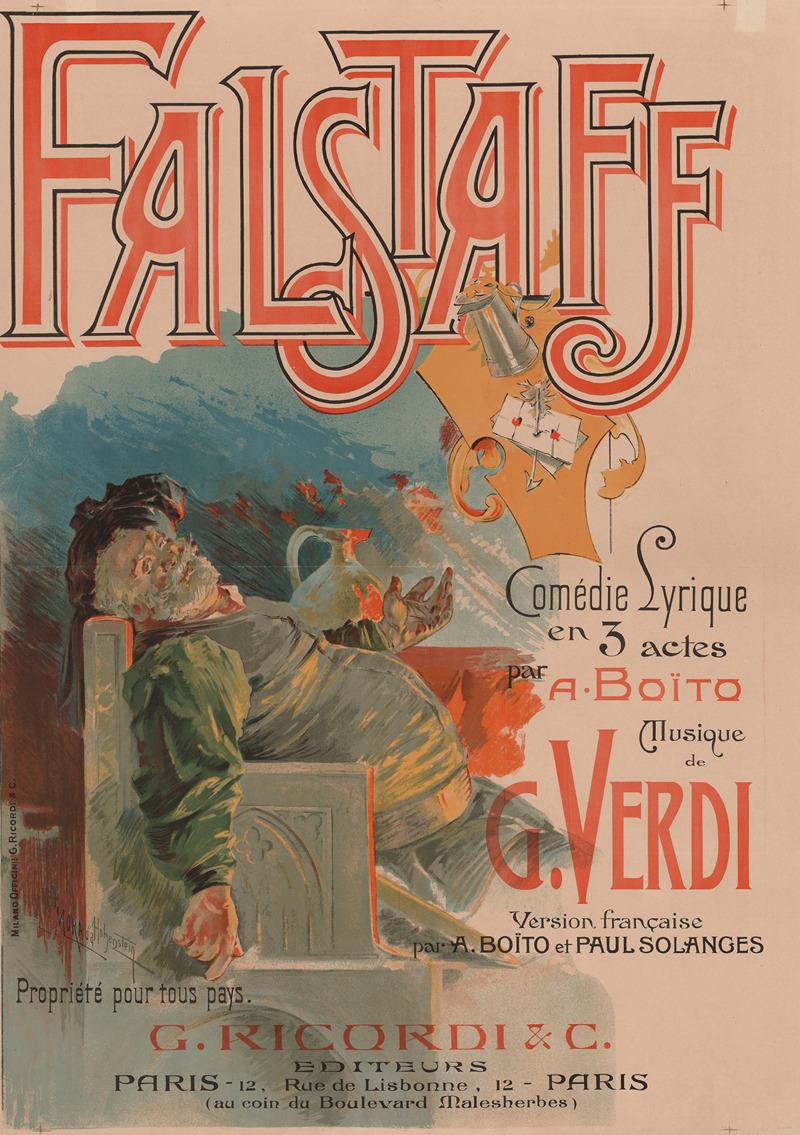
Falstaff
A hand-painted replica of Adolfo Hohenstein’s masterpiece Falstaff, meticulously crafted by professional artists to capture the true essence of the original. Each piece is created with museum-quality canvas and rare mineral pigments, carefully painted by experienced artists with delicate brushstrokes and rich, layered colors to perfectly recreate the texture of the original artwork. Unlike machine-printed reproductions, this hand-painted version brings the painting to life, infused with the artist’s emotions and skill in every stroke. Whether for personal collection or home decoration, it instantly elevates the artistic atmosphere of any space.
Adolfo Hohenstein was an influential artist and designer known for his contributions to the world of opera and theater through his captivating poster designs. Born in Saint Petersburg in 1854, Hohenstein moved to Italy, where he became a prominent figure in the Art Nouveau movement. His work is characterized by its vibrant colors, dynamic compositions, and the ability to capture the essence of theatrical performances.
One of Hohenstein's notable works is his depiction of "Falstaff," an opera by Giuseppe Verdi. Verdi's "Falstaff," which premiered in 1893, is based on William Shakespeare's plays "The Merry Wives of Windsor" and scenes from "Henry IV." It is a comic opera that tells the story of Sir John Falstaff, a boisterous and larger-than-life character who attempts to woo two married women to gain access to their husbands' wealth.
Hohenstein's artwork for "Falstaff" is a testament to his skill in capturing the spirit of the opera. His design work for the opera typically involved creating posters and promotional materials that would entice audiences and convey the essence of the performance. While specific details about Hohenstein's "Falstaff" artwork are limited, his style often included intricate details and a keen sense of the theatrical, which would have been evident in his portrayal of Verdi's comedic masterpiece.
Hohenstein's contribution to the visual culture of opera during this period was significant. He worked closely with the famous Italian music publisher Ricordi, creating iconic posters for several operas, including those by Verdi and Puccini. His designs were not only promotional tools but also works of art in their own right, often featuring bold typography, expressive figures, and a harmonious blend of colors that captured the mood and themes of the operas.
The impact of Hohenstein's work extended beyond the realm of opera. He was a pioneer in the field of graphic design, influencing future generations of artists and designers. His ability to merge fine art with commercial art set a precedent for how visual art could be used to enhance and promote theatrical productions.
While specific information about the "Falstaff" artwork by Adolfo Hohenstein is scarce, his legacy as an artist who brought the world of opera to life through his visual creations is well-documented. His work remains a significant part of the history of opera and graphic design, celebrated for its creativity, innovation, and ability to capture the imagination of audiences.






